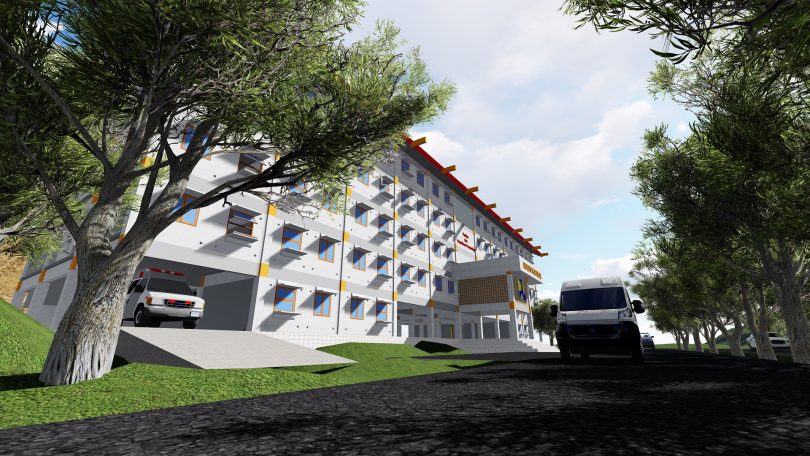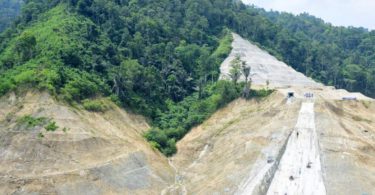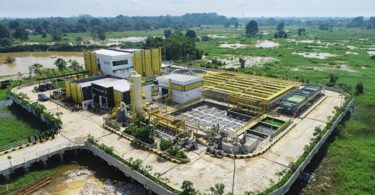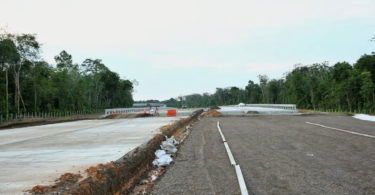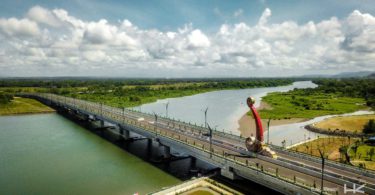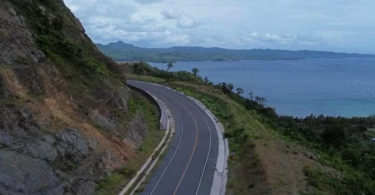The COVID-19 outbreak has forced many countries to exert all their power and expertise to provide health facilities and emergency hospitals in a timely manner. Modular technology such as RISHA—Rumah Instan Sehat Sederhana or the healthy, simple, and instant houses project, is a promising approach to tackle the problems. Prof. Ir Arief Sabaruddin, CES as Head of Research Institute for Housing and Human Settlements, Ministry of Public Works and Housing, Republic of Indonesia, shares his insights as to why this construction technology is needed in the current situation.
Please share with us more about the methods or technology that you feel can be (or are planned to be) used to build more clinics/healthcare stations in Indonesia for the pandemic?
The basic principle of rapid construction technology is by using building components that are fabricated and designed in a modular size. This allows linear stages of construction to be carried out in parallel, which subsequently reduces construction time.
The principle of fabrication in general has been used extensively in steel construction. Not only does modular building components constructed from steel speed up hospital construction, the steel construction also easily meets the precision requirement of a modular component.
However, for simple buildings such as simple houses, the price of steel construction is relatively higher compared to reinforced concrete construction. This is where challenges of modular building construction. Rumah Instan Sederhana Sehat (RISHA) or healthy, simple, and instant houses project, aims to address this challenge. Simple category building is designed in modules while construction costs is kept low and process is accelerated.
Hospitals cannot be categorized as a simple building, even the emergency ones. Hospitals still have to meet the earthquake resistant regulations in accordance with the standard SNI 1726: 2019. Hospitals must prioritize seismicity, in accordance with the mandate of the Indonesian Building Law no. 28 of 2002 because they house residents and equipment that should not be impacted by earthquakes.
Therefore, to be able to build hospitals faster, modular building components must be prepared, including the structural components (columns and beams), the architectural components (walls, floors, doors and windows), and the mechanical and electrical components. The connection system must also be easy, while meeting the standards of the strength of building structures.
In using a modular approach, modification of components on-site must be avoided. In fact, it will be very helpful if fabricated wall components are equipped with door and window frames that are already installed from the workshop. Likewise, the floor plate components and ceilings may include the coverings altogether.
What is your opinion on how such architecture can play a part in the pandemic?
Fabricated construction by using modular components is definitely needed in disaster management, both natural and pandemic, such as the COVID-19 outbreak. Certainly, what is needed is hospitals and command posts, including guesthouses for disaster officers or task forces.
Our challenge going forward is to establish standardization of building components, so that building material industry only produces building components of the same size, regardless of brand and type of material used. During emergency situations like today, the construction industry should not have to produce materials specific to the situations. As an illustration, when door and window frames are needed, all door and window jamb products on the market can be used immediately, without any modifications. In addition, the connection system should be in line with other components from different manufacturers.
How can the RISHA technology help in the way buildings or structures could be quickly constructed during times of emergencies or like pandemic situations where healthcare facilities are needed urgently?
RISHA technology is here to answer the needs for accelerated development with a limited budget. This technology combines fabricated steel construction and concrete construction. The combination should make budgeting cheaper for one or two-storey simple buildings. This should be combined with each component that is made in modular size so modular spaces will be produced and these can be applied to various building functions, such as mosque, clinic and health centre, school, and residential building.
RISHA technology can also be designed in small sizes. This is intended to provide flexibility in planning the design of buildings in order to produce better aesthetics and avoid monotony. In addition, the smaller component sizes make component lighter, so that during installation or assembly, there is no need for heavy equipment or tools, such as pulleys, which of course are also related to the budget.
To date, RISHA technology is still used in housing construction for people affected by the earthquake in Lombok and Palu. In those locations, besides being used to build housing, RISHA is also used to build schools and mosques.
The challenge for RISHA technology today is that there are still few applicators who are willing to produce the components. Most seasonal applicators produce them when demand exists. Ironically, many companies will only produce when disaster happens, so they still need time to prepare in building workshops and moulds.
This is what gives the impression that this technology is not ready. Just like the case in Lombok, when there was an assignment to develop Lombok, there were only four applicators who were implementing RISHA technology and were willing to participate in Lombok. Meanwhile, other applicators were only formed after the project had started. They needed time to learn the skills in the process of RISHA component production. This was a factor that causes the delay in the construction of Rumah RISHA. In Palu, the project was delivered more efficiently because some of the RISHA applicators has gained experience from the projects in Lombok.
For the COVID-19 pandemic, meeting the standard of steel construction is highly recommended, although it is more expensive than reinforced concrete construction. This is because the public health aspect is more important than the cost of production. Good public health contributes to strong manpower and this becomes the foundation of a country’s economy.
– Construction+ Online
Also read other articles on RISHA technology on Construction+ Indonesia at this link.



